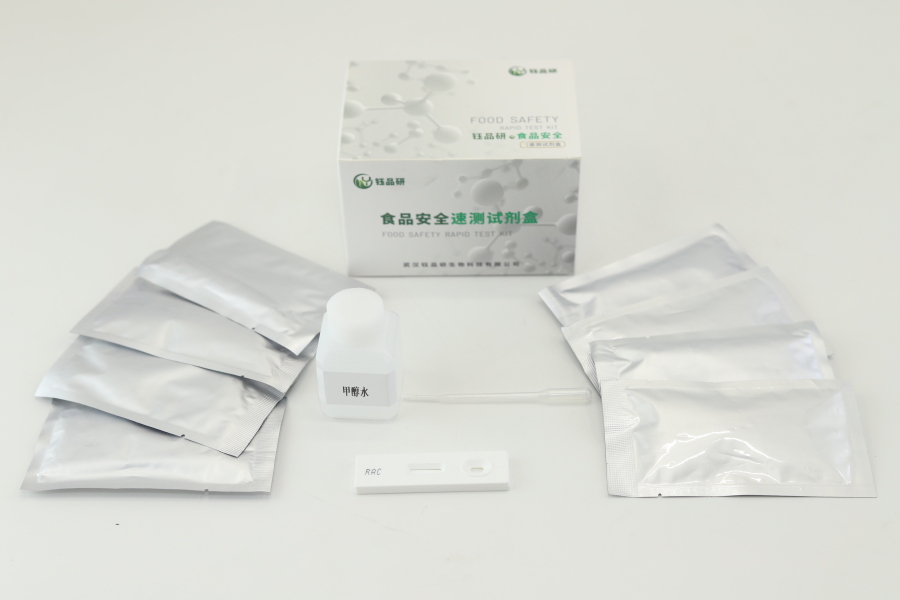Fipronil is a highly toxic organic nitrogen insecticide that has been widely used in agricultural production to control pests on crops such as rice and vegetables. However, due to its strong toxicity, long residue period in the environment and possible harm to human health through the food chain, our country has listed it as a banned pesticide in some agricultural products. In order to effectively monitor fipronil residues in food and ensure consumer dietary safety, the Fipronil Colloidal Gold Rapid Detection Card came into being.
This detection card is a rapid detection product developed based on colloidal gold immunochromatography technology. The core principle is to use the specific binding reaction of antigens and antibodies. When testing, just drop the sample (such as the extract of vegetables, fruits, grains, etc.) into the detection card and sample hole. The fipronil residue (or its metabolites) in the sample will combine with the colloidal gold-labeled antibody to form a complex, and then move to the detection line and the quality control line under the action of chromatography. If fipronil is present in the sample, the detection line will develop color; if it does not exist, the detection line will not develop color, and the quality control line will develop color, indicating that the detection is effective. The whole detection process does not require complicated equipment, the results can be read in 10-15 minutes, and the operation is simple. Ordinary personnel can master it after short-term training.
Compared with traditional detection methods (such as gas chromatography-mass spectrometry, etc.), fipronil colloidal gold rapid detection card has significant advantages: fast detection speed, to meet the needs of on-site rapid screening; convenient operation, no need for professional laboratories and complex pretreatment; low cost, suitable for large-scale, high-frequency detection; high sensitivity, can reach μg/kg level. At present, the product has been widely used in agricultural and rural sector quality and safety monitoring of agricultural products, food production enterprises acceptance of raw materials, market supervision departments rapid sampling and other scenarios, has become an important technical means to protect food safety.


